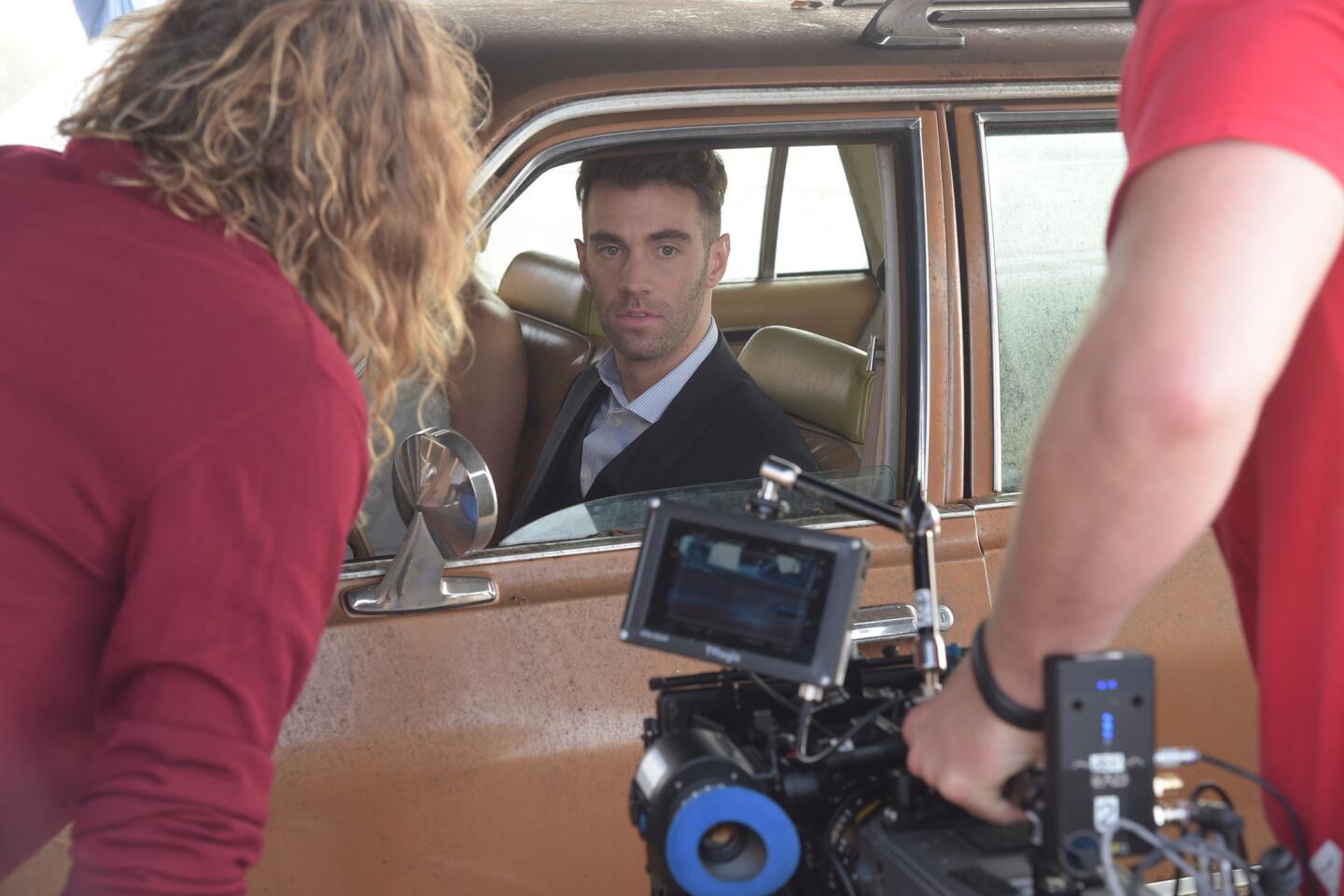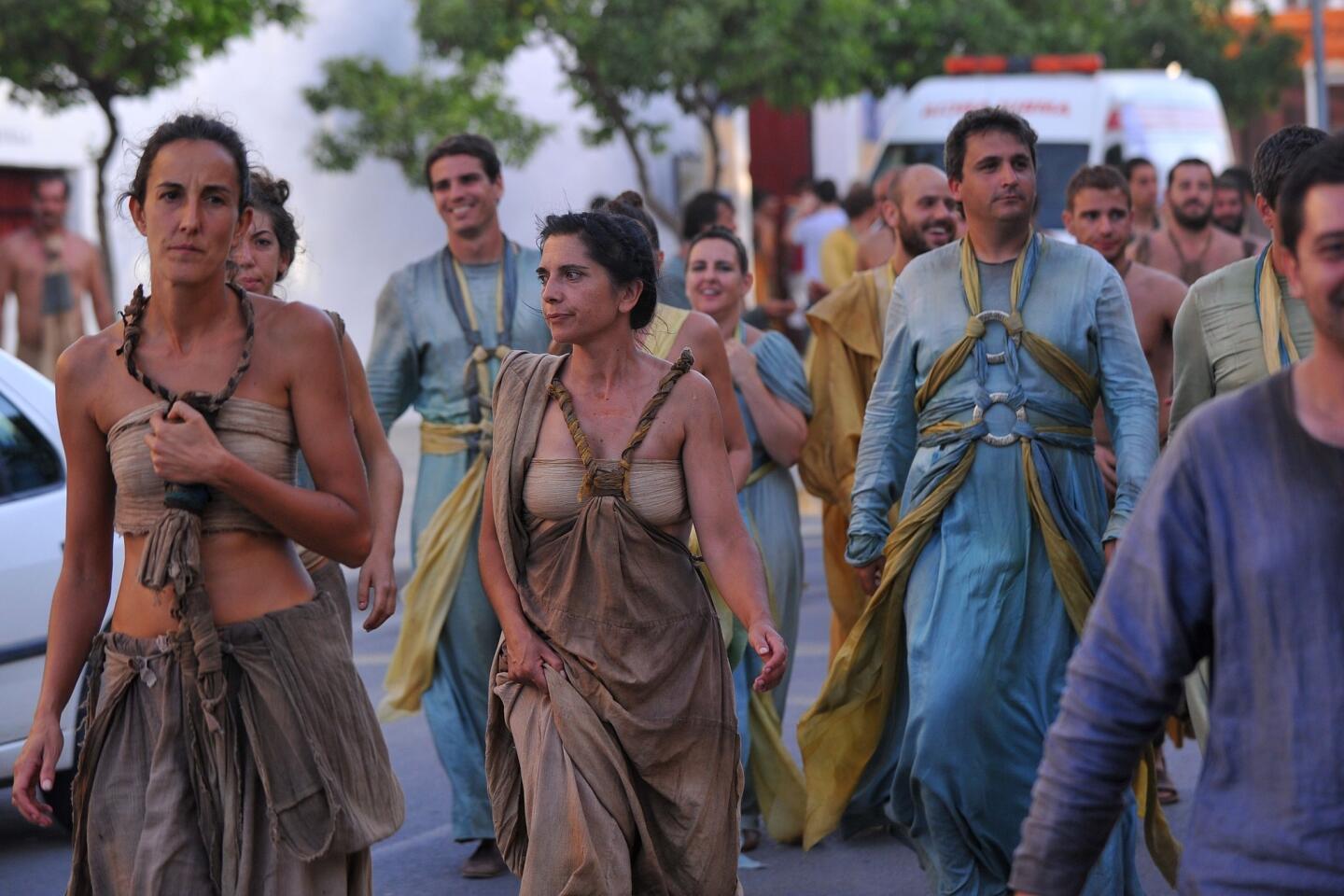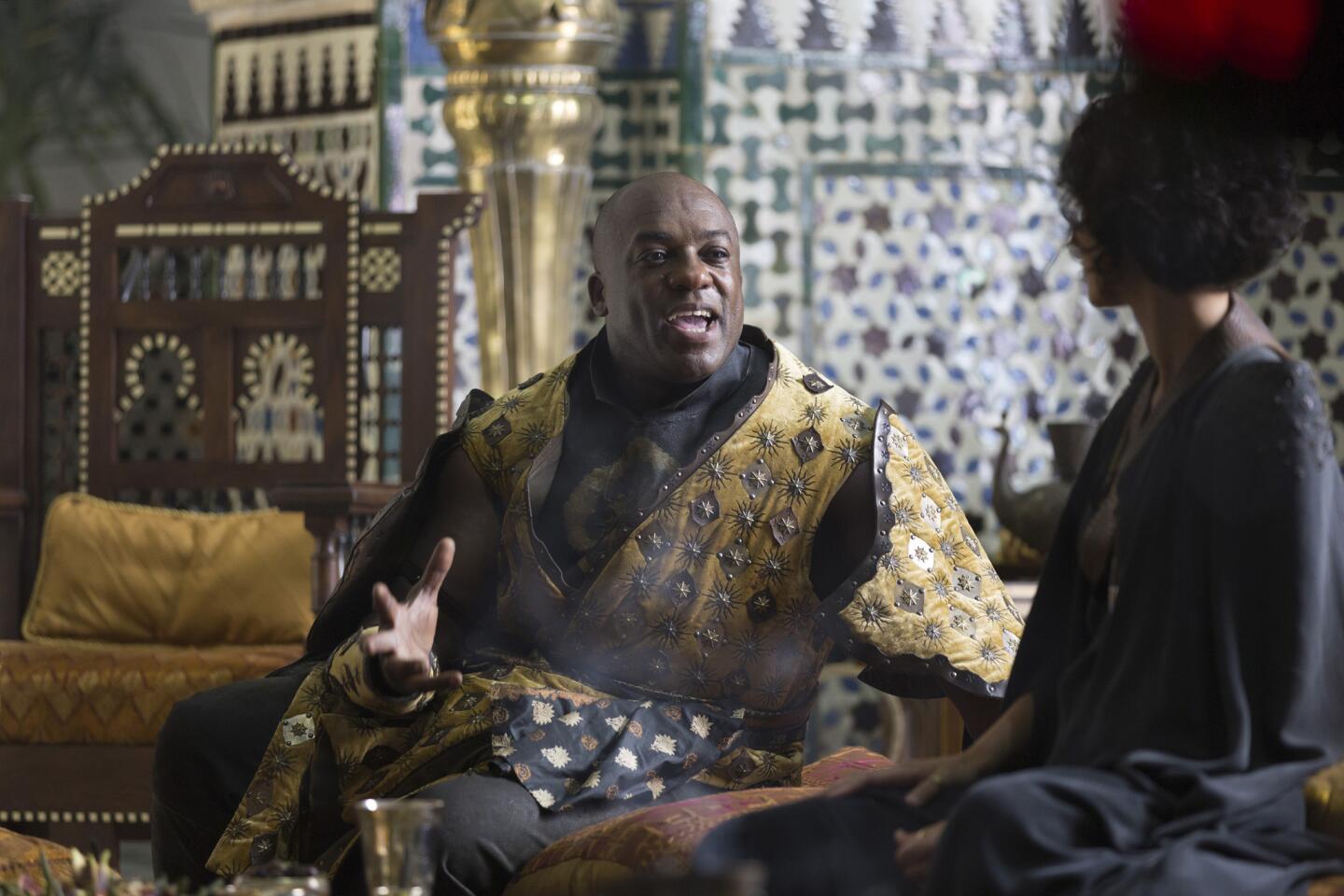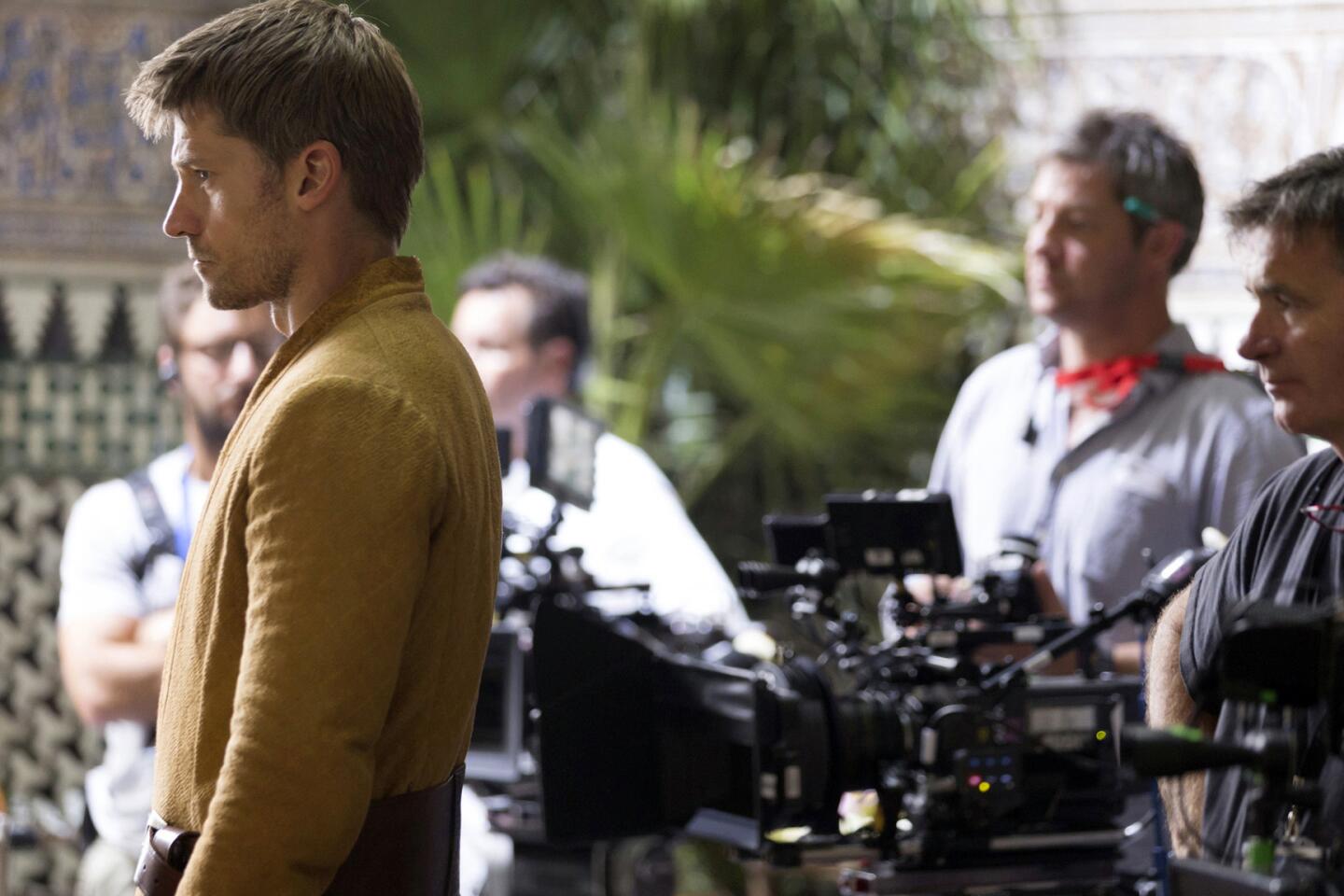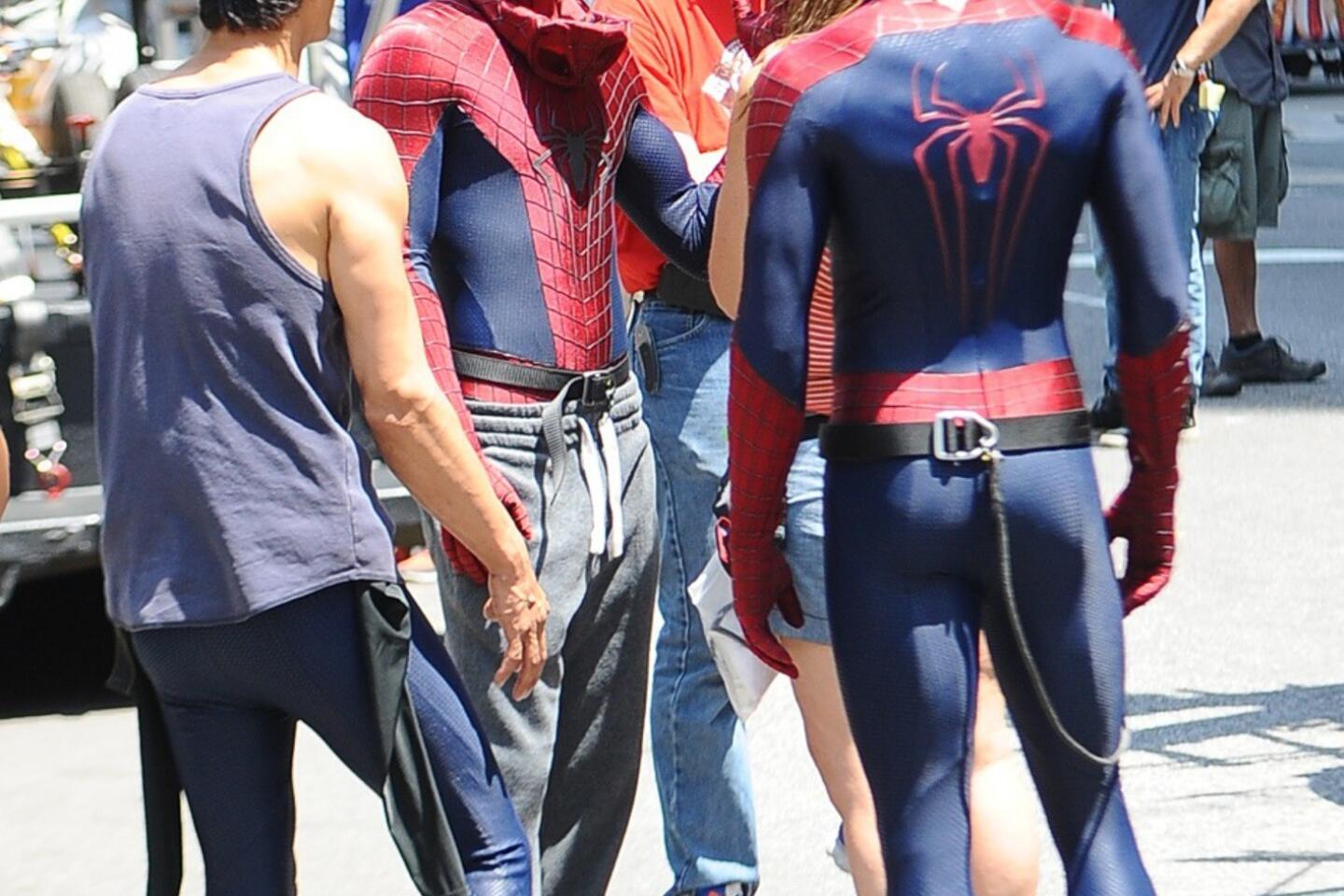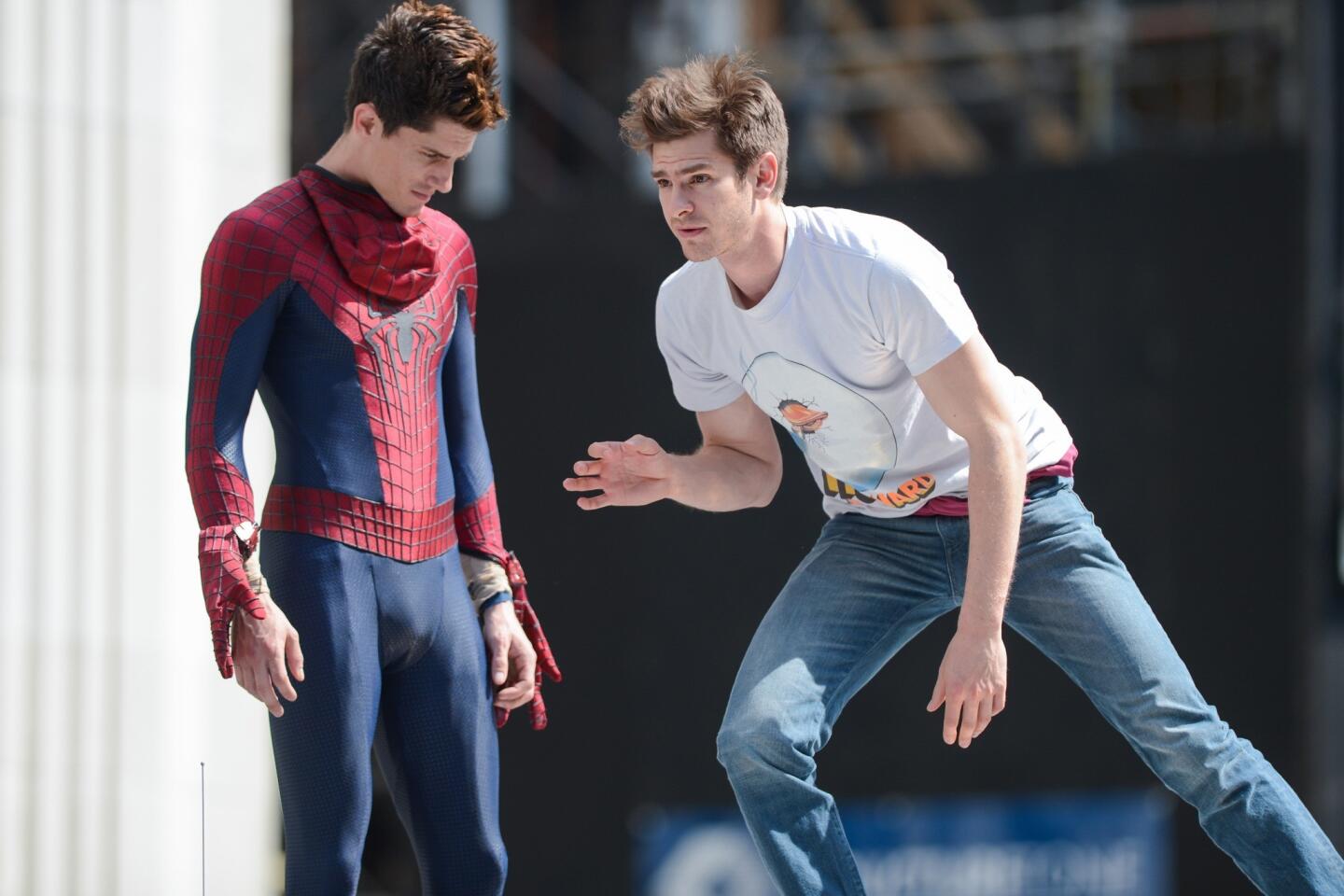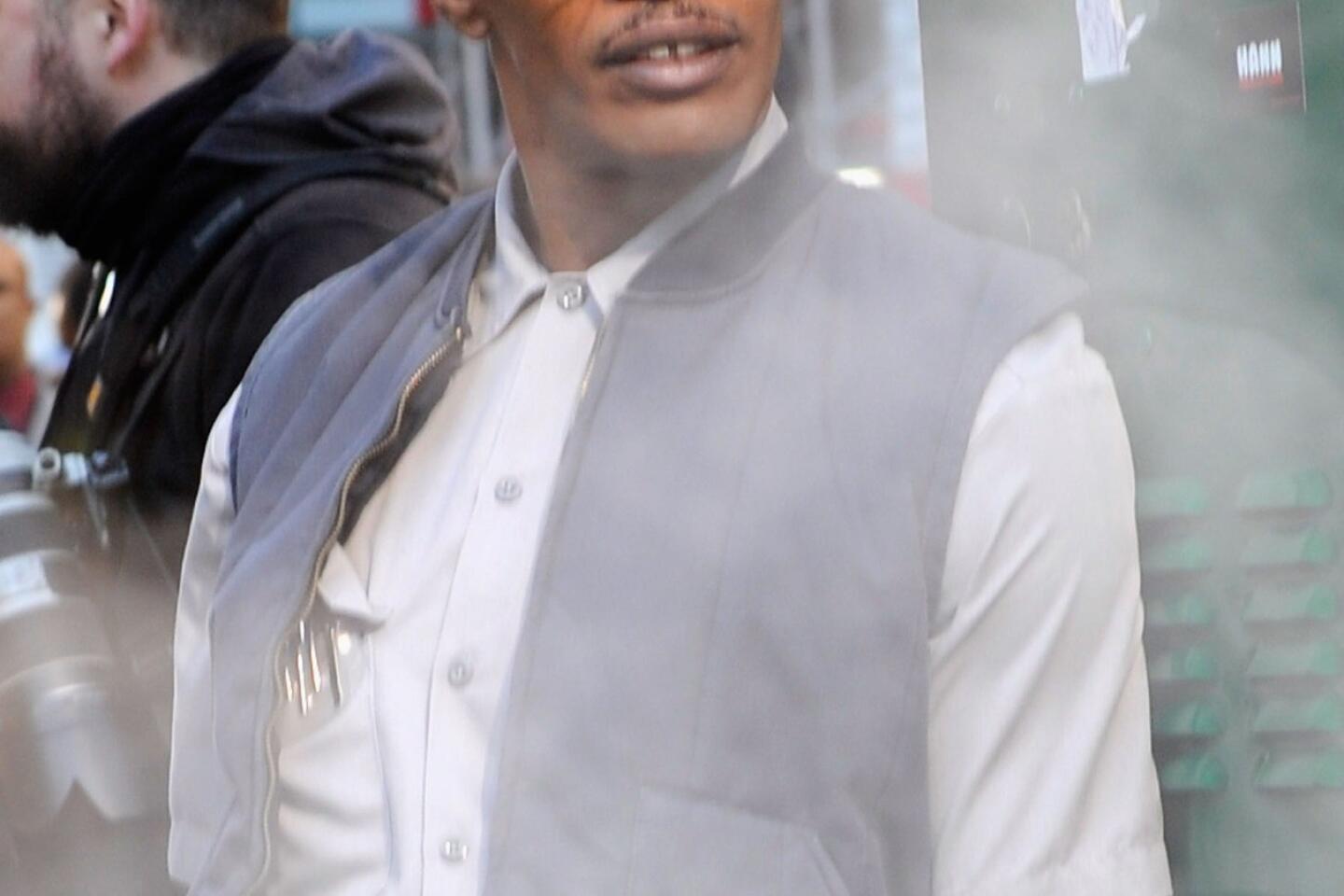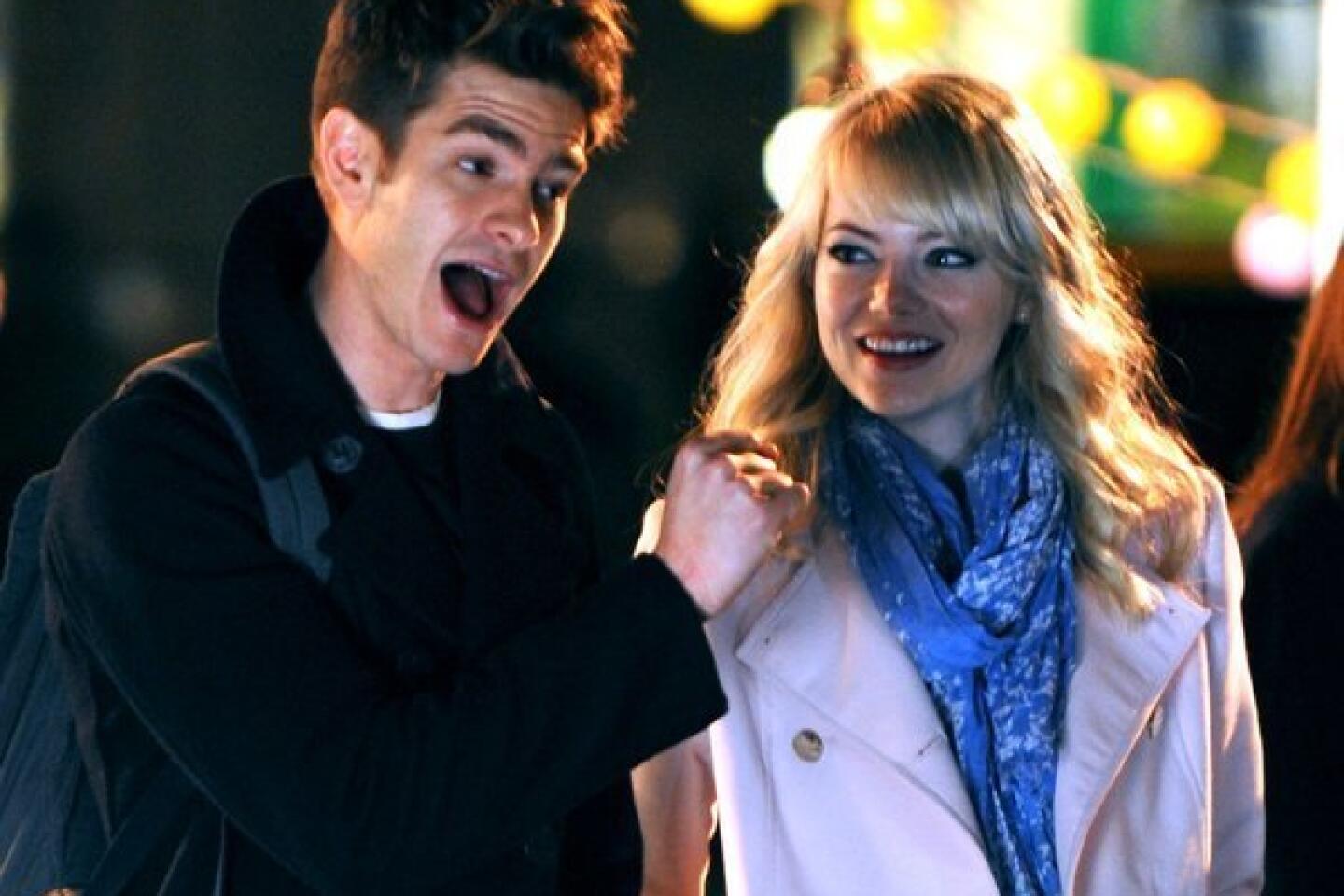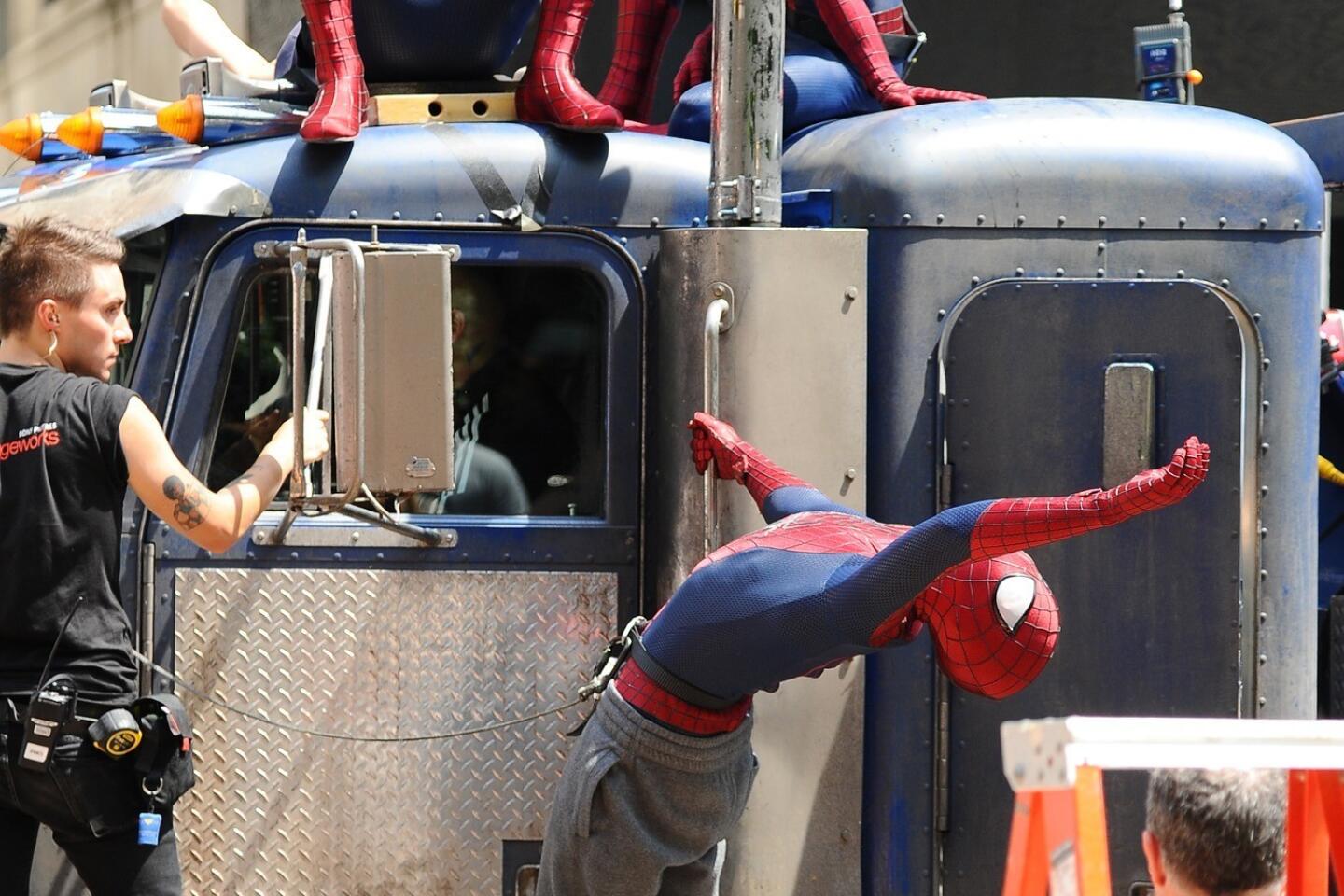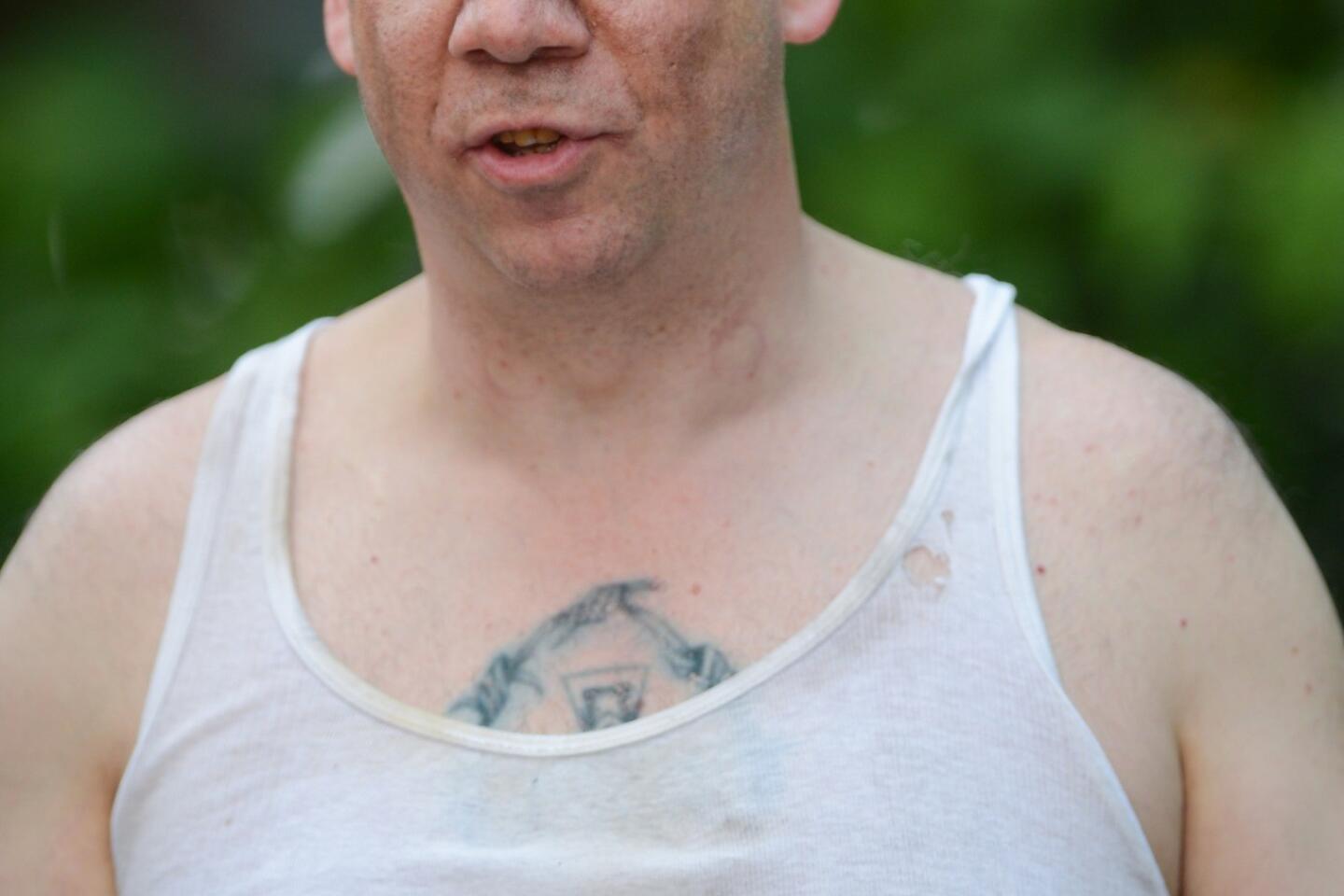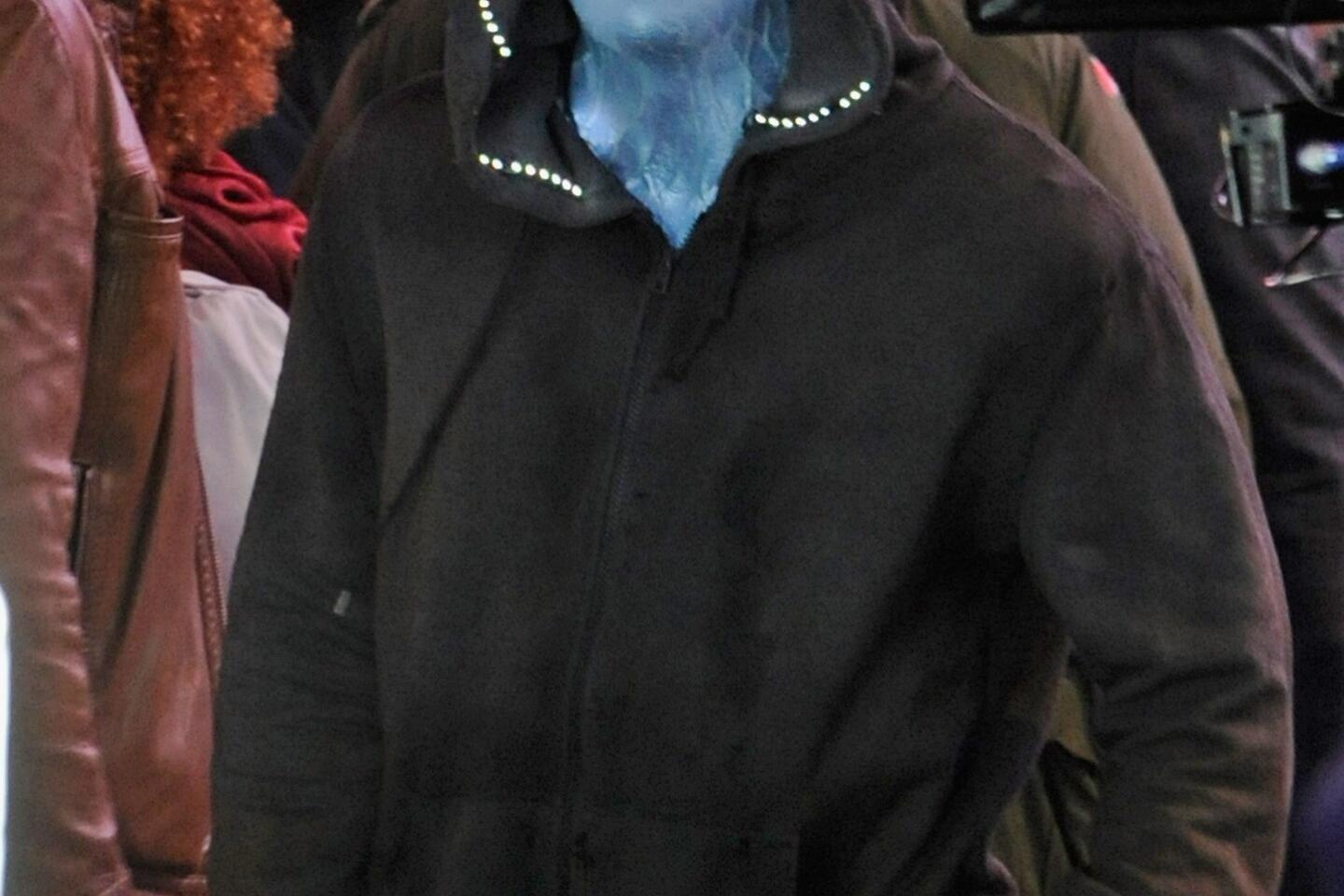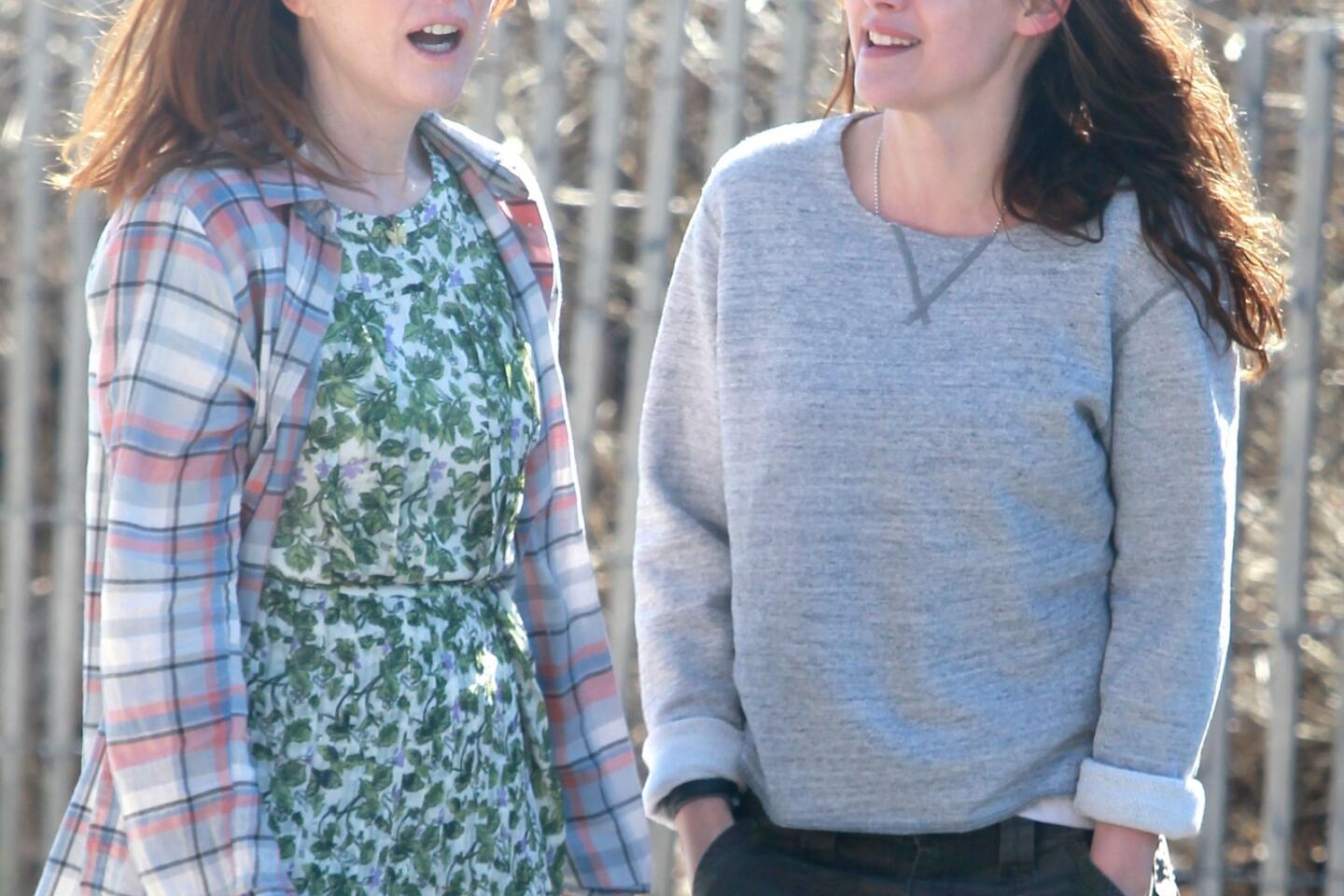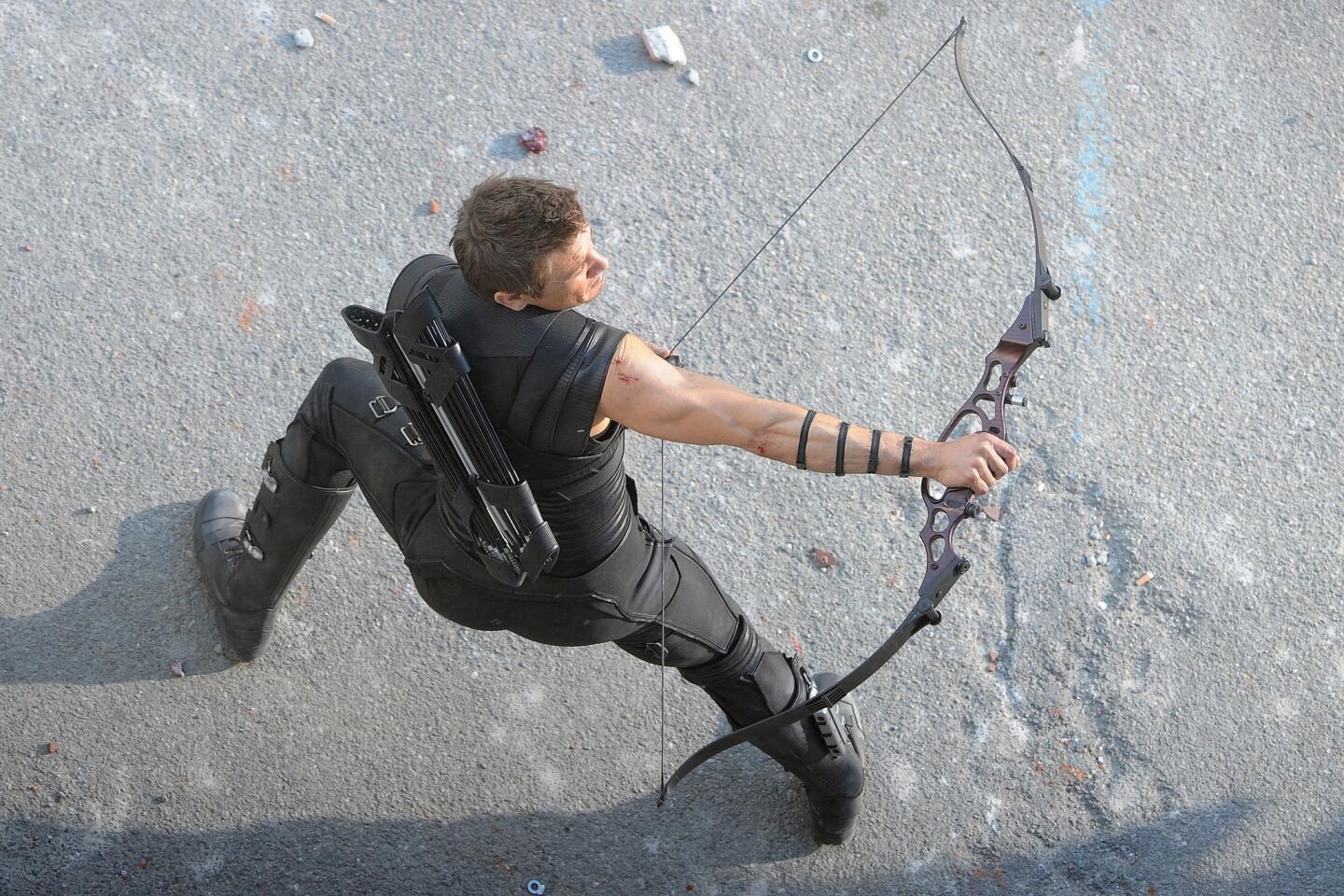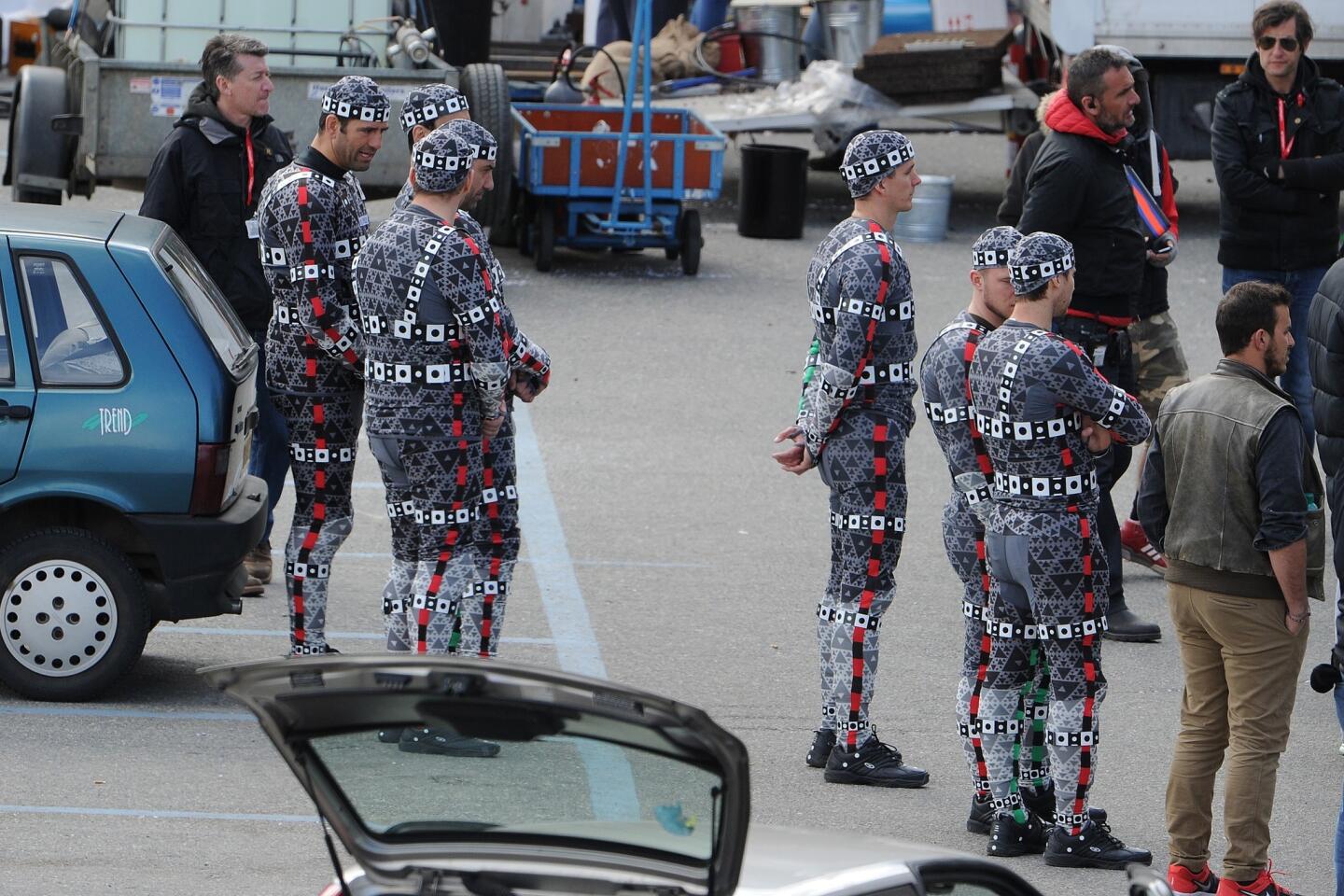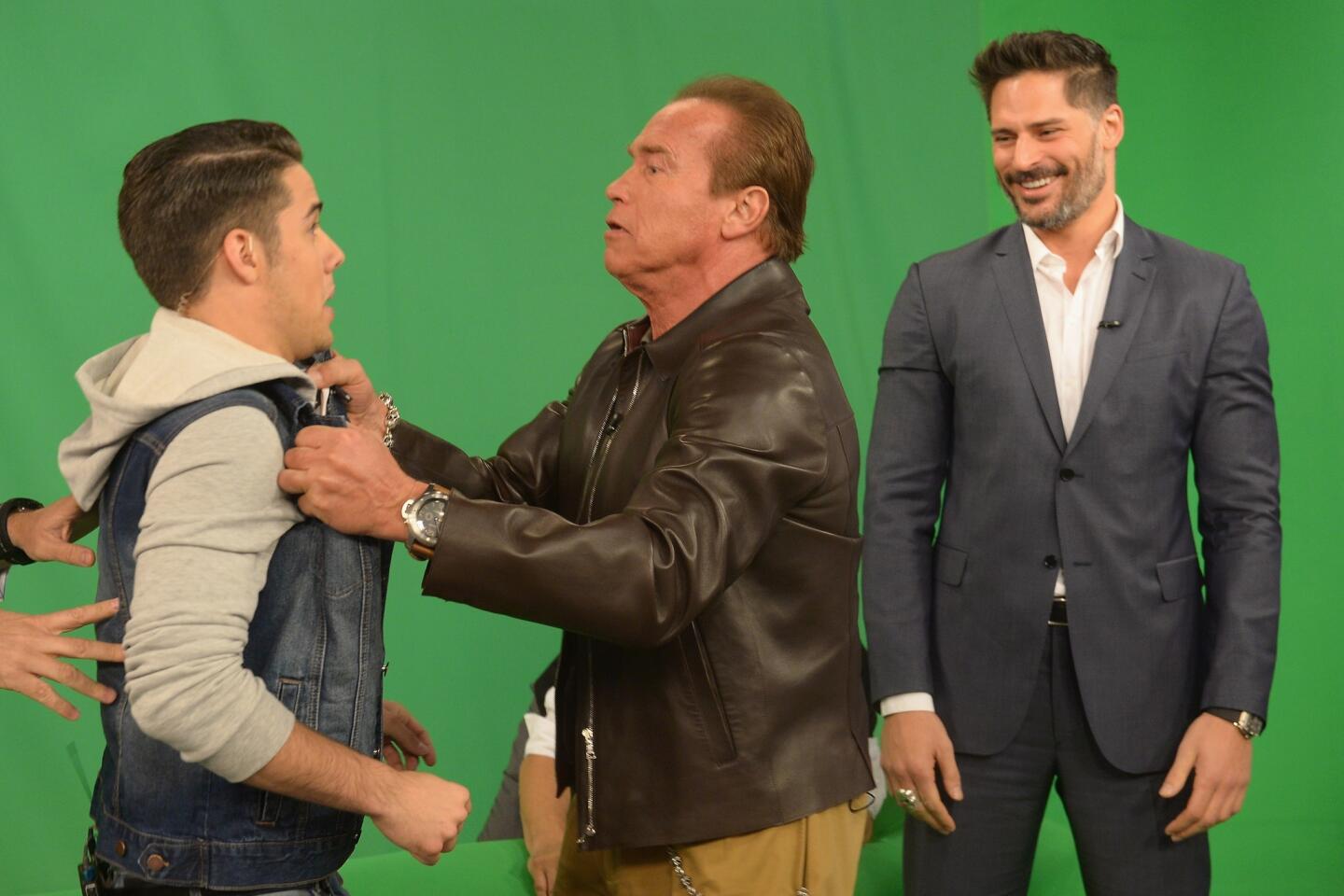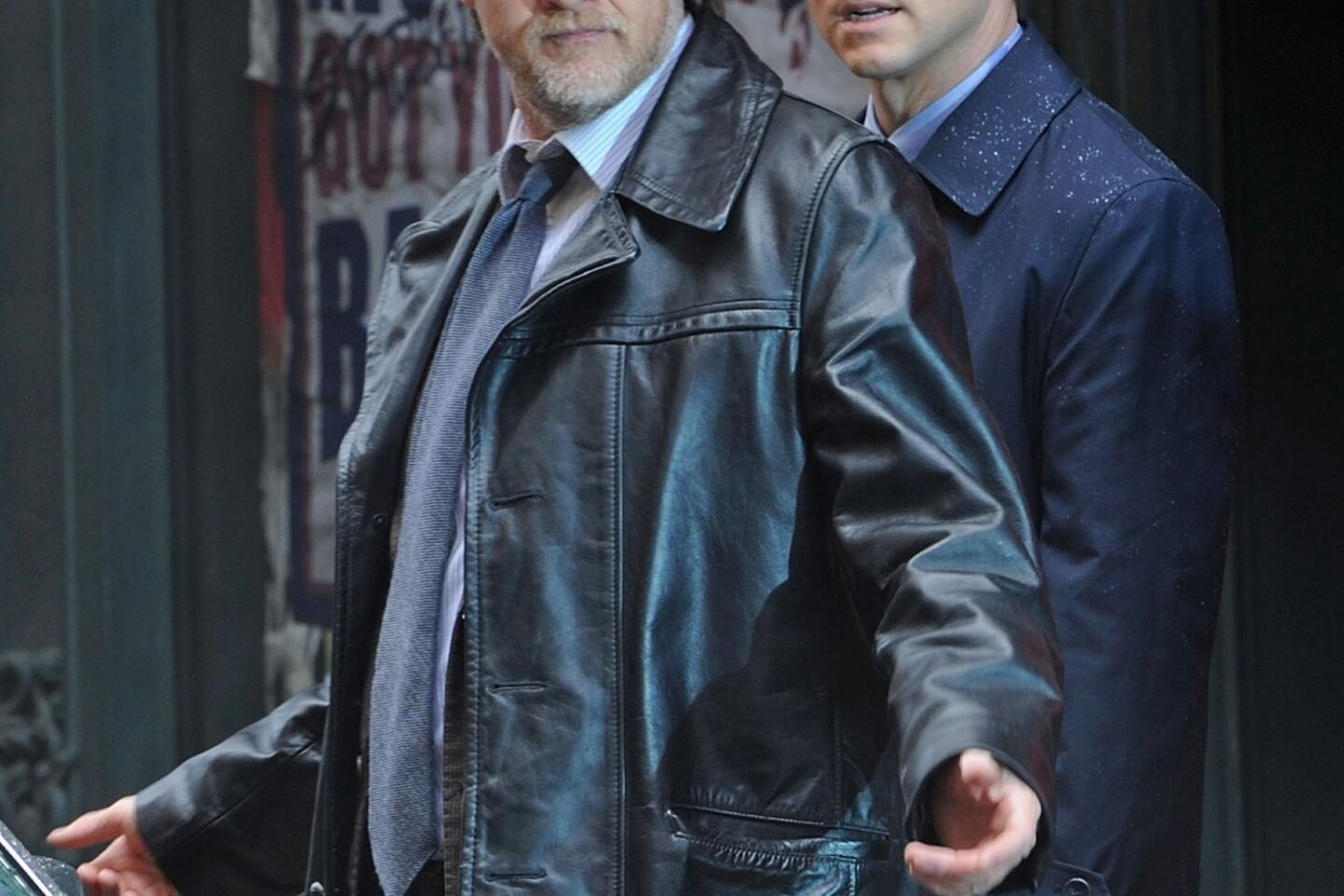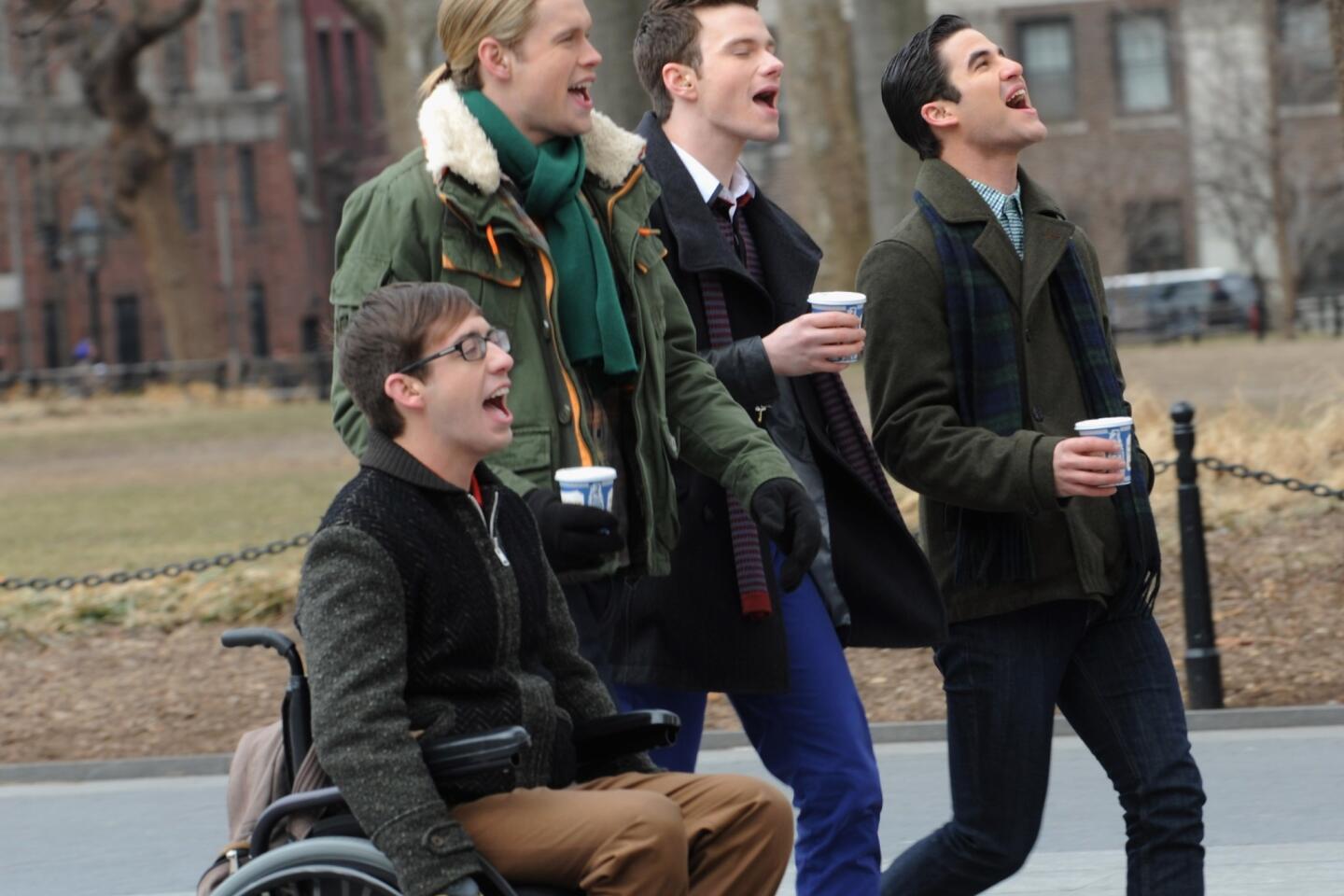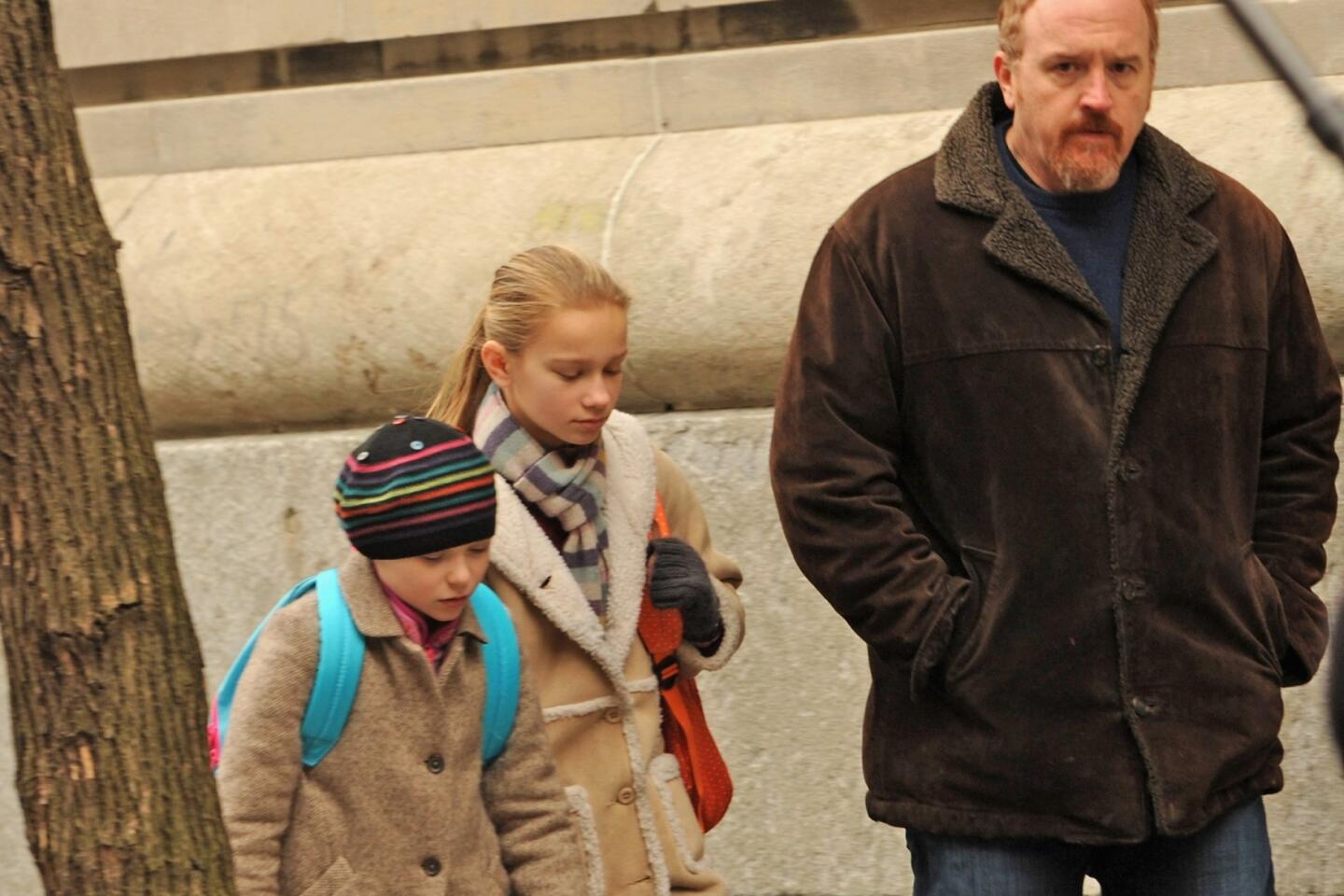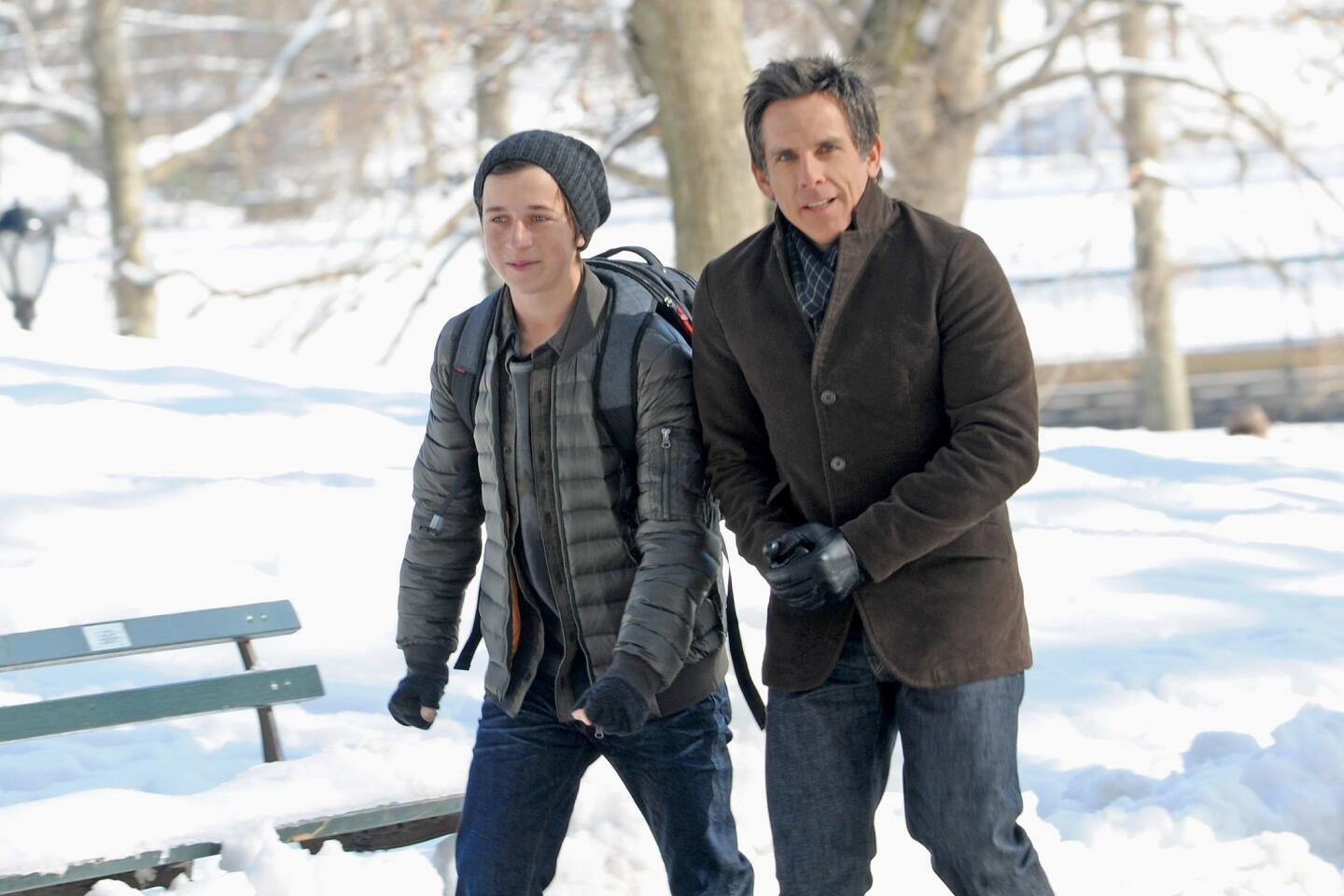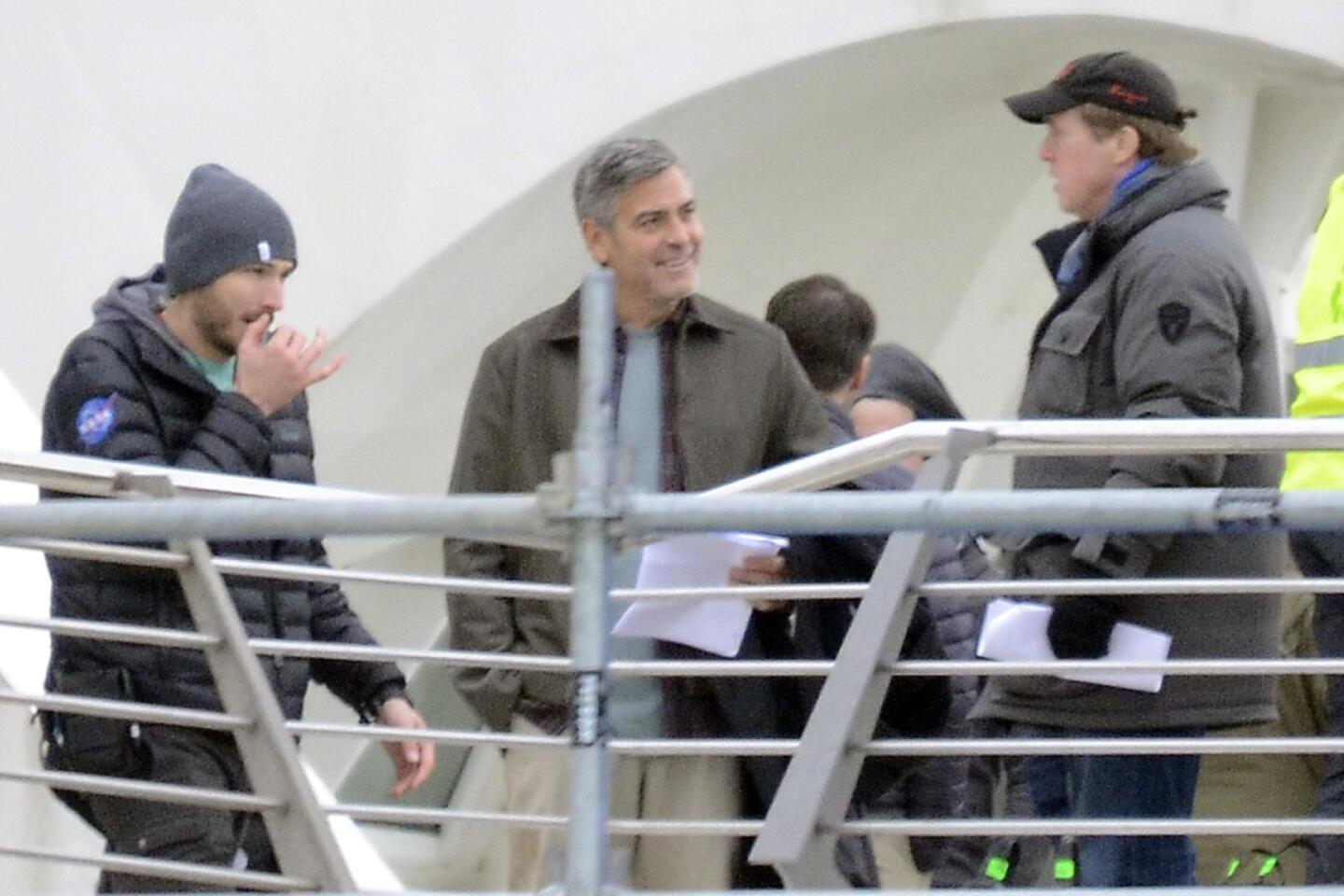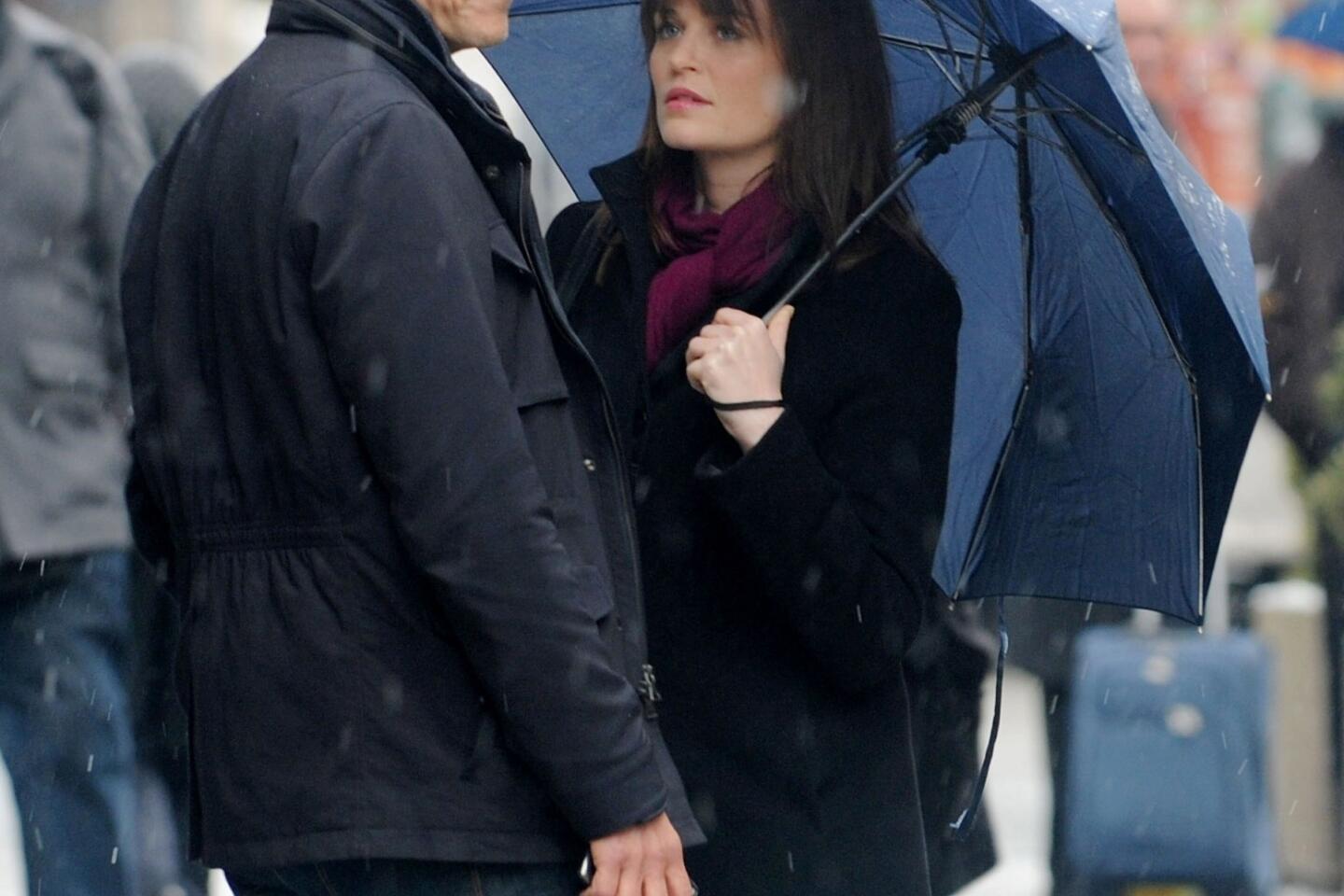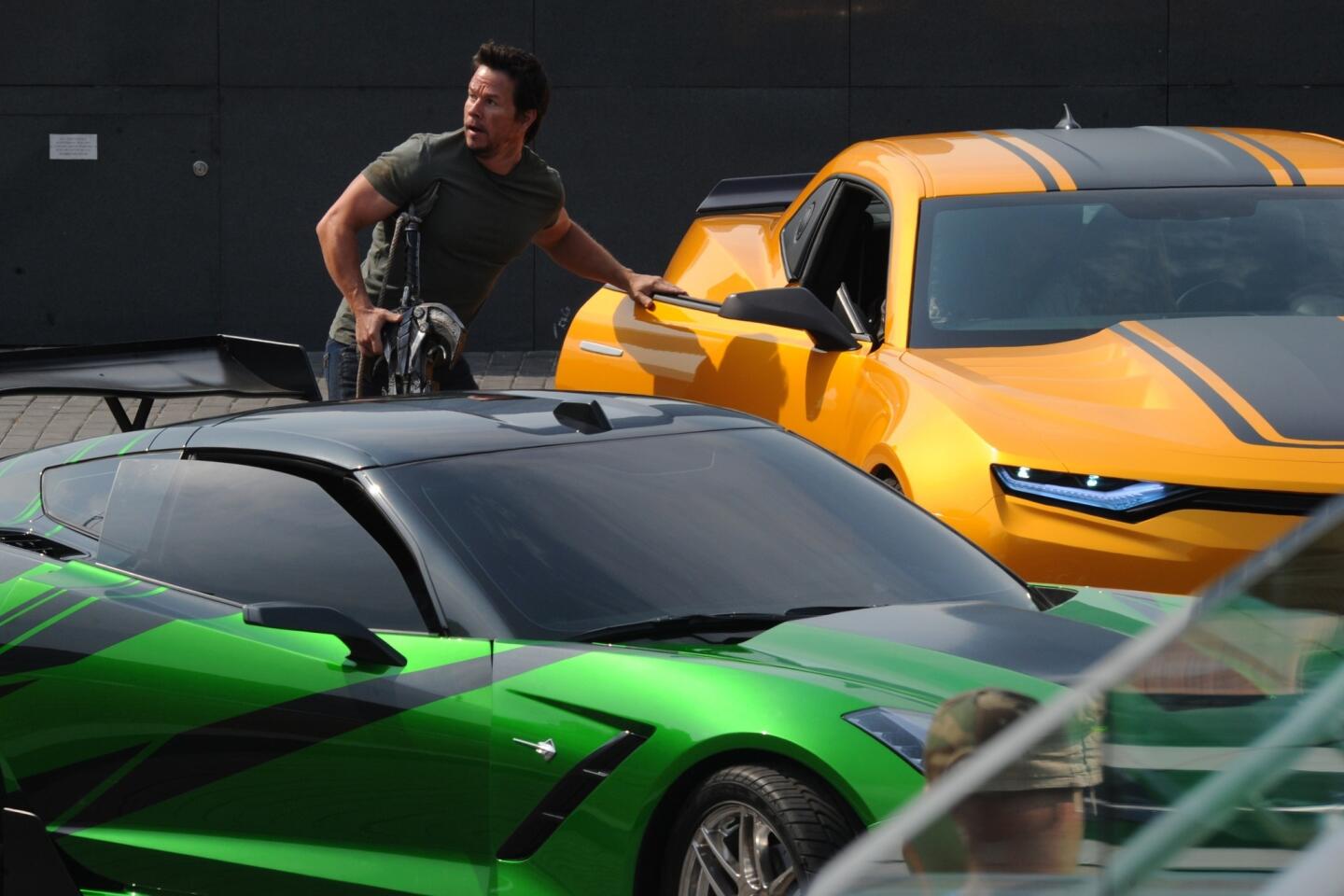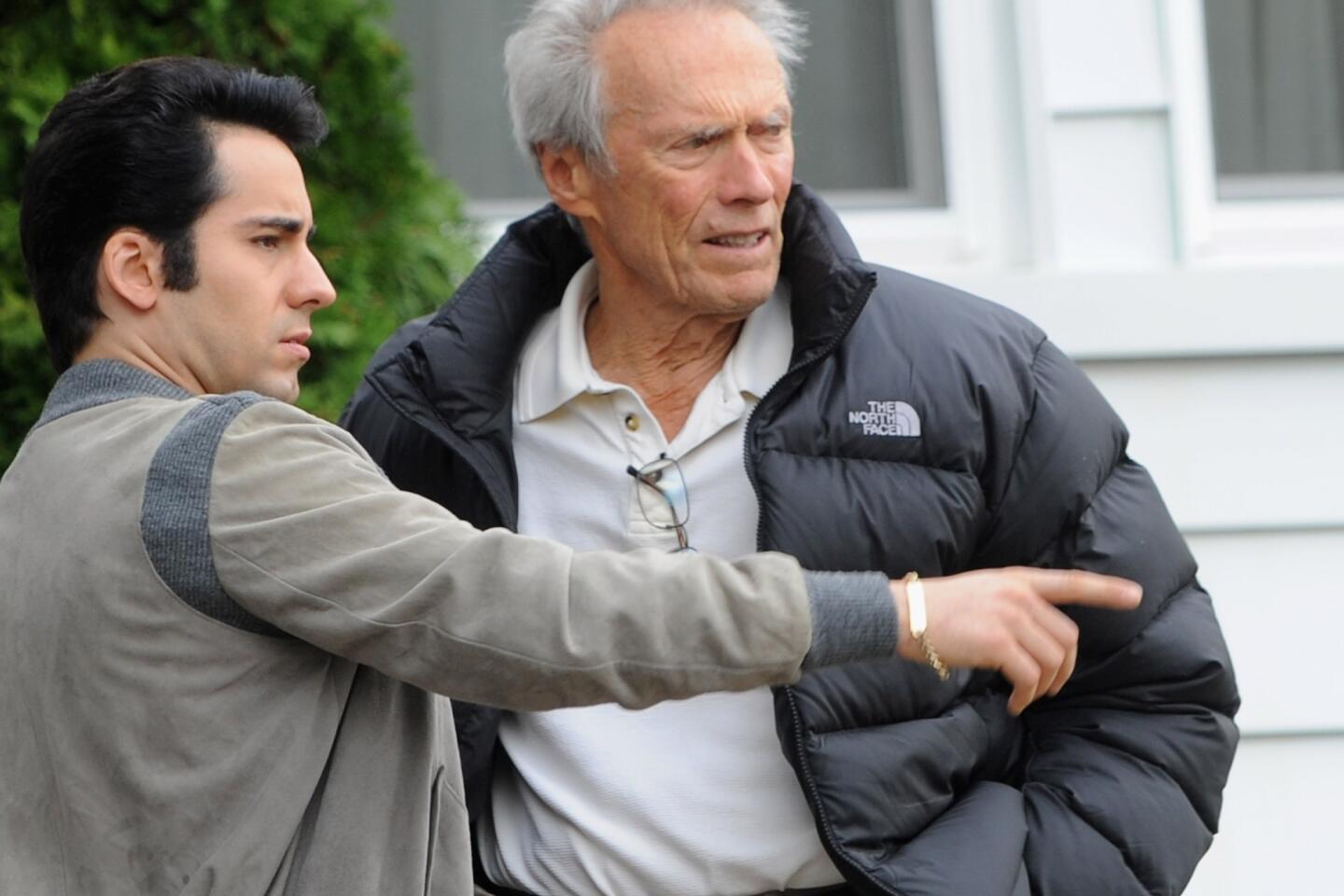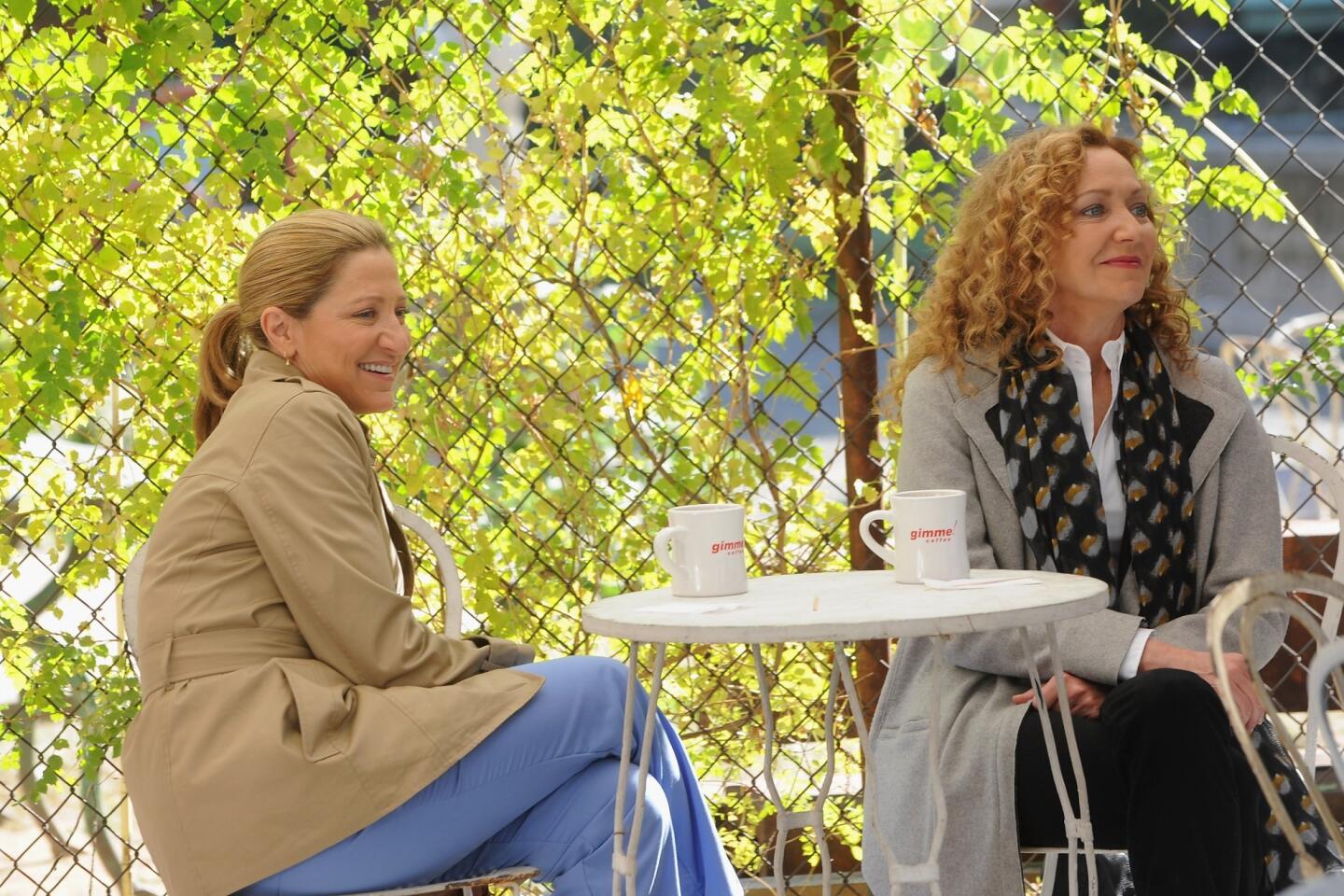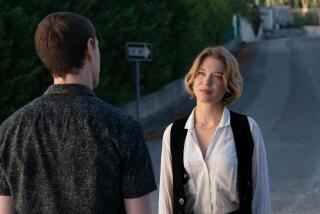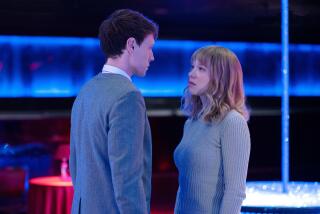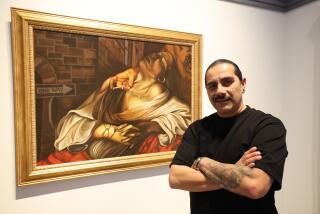Fernando Trueba let ‘Artist and the Model’ ripen with age, as he has
Spanish filmmaker Fernando Trueba had to grow older before he felt ready to direct “The Artist and the Model,” which opens Friday.
Not long after he won the foreign language film Oscar in 1994 for “Belle Epoque,” Trueba began thinking about doing a film about an artist in the winter of his life who is inspired by a new model to create his masterpiece.
In something of an understatement, Trueba confessed during a phone interview from New York that he’s not the “kind of guy who has an idea and then starts working the next day on it. I have many ideas and let them grow in my mind. Some of them just vanish and some of them grow and finally get made.”
In the case of “The Artist and the Model,” he admitted, “in the beginning I thought I am too young to make the film.”
“How can I understand this character of this old artist? I am sure I am going to make mistakes because I am too far from that age. But I am 58 now. I understand better the character now. I needed to grow more as a human and as a filmmaker. I think it was the right time and I had still had the energy to make the movie.”
Nominated in 13 categories at the 27th Goya Awards (Spain’s version of the Oscars), “The Artist and the Model” is an elegiac, slowly paced character study in French and shot in black-and-white. It’s set in a small town in Nazi-occupied France in 1943.
Jean Rochefort, who has worked with such renowned directors as Luis Bunuel (“The Phantom of Liberty”) and Patrice Leconte (“The Man on the Train”), has earned strong reviews as Marc, a renowned sculptor who has become bored with life because he hasn’t found a new model to inspire him. He spends his days not in his studio, but at the local cafe.
“He is someone who is very closed in on himself and focuses on one single thing in life, which is art,” Rochefort, 83, said through a translator during a phone interview from his home in Paris. “He had focused on this to the exclusion of a lot of other things that surround him.”
PHOTOS: Billion-dollar movie club
His wife (Claudia Cardinale), who was his former model, worries that his depression might lead to suicide. But then one day she sees a beautiful young Spanish woman (Aida Folch) who had escaped from a refugee camp in the town, and brings her home to her husband. The young woman quickly becomes his muse and eventually his paramour.
Trueba was thrilled to work with the legendary Rochefort and Cardinale (“The Leopard,” “8 1/2,” “Once Upon a Time in the West”), as well as Folch, whom he previously directed when she was 14 in 2002’s “The Shanghai Spell.”
“They were all my first ideas for the characters,” he said. “I really felt very lucky.”
Trueba met Cardinale, 75, when they were at the Telluride Film Festival three years ago.
“He asked me to do this movie,” she said over the phone from her home in Paris. “I must say he was a marvelous director. He was very nice with the actors. This is important for actors.”
PHOTOS: Hollywood backlot moments
Rochefort and Trueba had chatted over the years on the phone about various projects but none of them came to fruition until “The Artist and the Model.” And like Cardinale, he found Trueba to be an exceptional collaborator.
“It’s a very interesting relationship that I had with Fernando,” Rochefort said. “It was based on an enormous amount of affection. That is something very rare that develops between an actor and a director. And it’s something that continues between the two of us.”
“Jean is special,” Trueba said. “I have worked with great old actors many times in my life. What makes Jean special is at this point in his life he takes risks in every single shot. He knew that the real truth of acting is that you have to create life, not just be believable.”
“The Artist and the Model” was also a reunion for Cardinale and Rochefort.
“It’s very funny,” Cardinale noted. “We did a movie 50 years ago — ‘Cartouche’ with Jean-Paul Belmondo — when we were very young. Now we were old together. It was moving to meet after so many years. It was incredible.”
More to Read
Only good movies
Get the Indie Focus newsletter, Mark Olsen's weekly guide to the world of cinema.
You may occasionally receive promotional content from the Los Angeles Times.
